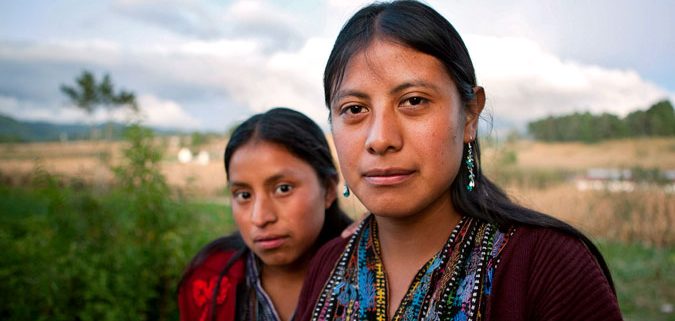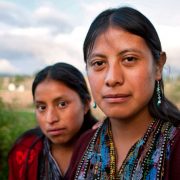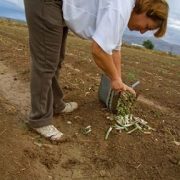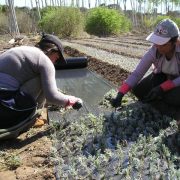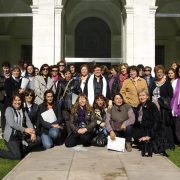The empowerment of rural women through the Sustainable Development Goals
This week, UN Women held three days of the United Nations that reflect the fundamental role of women in development, starting with the International Day of Rural Women on October 15, World Food Day on October 16 and International Day for the Eradication of Poverty on 17 October.
These interrelated topics are more relevant than ever this year, when just adopted the 2030 Agenda for Sustainable Development as a new global roadmap. Gender equality and empowerment and women’s rights are crosscutting issues in Agenda 2030, with its 17 Sustainable Development Goals (ODS).
The objectives are intrinsically linked to the lives of women and girls around the world, including rural women, who are essential to its success. In particular, they emphasize the goal of eradicating poverty in all its forms and throughout the world, the goal of ending hunger, achieving food security, improving nutrition and sustainable agriculture as well as the goal of achieving gender equality and empower all women and girls.
Rural women are key agents for economic, environmental and social changes needed for sustainable development but limited access to credit, health care and education are some of the many challenges they face. These are further compounded by the global crisis and Alimentaria-economic and climate change. Ensure their empowerment is not only essential for the well-being of individuals, families and rural communities, but also to the general economic productivity, given the strong presence of women in the world’s agricultural work.
In figures
Rural women spend more time than men and urban women to housework and chores. A study on the time and the water poverty in 25 countries in sub-Saharan Africa, it is estimated that women spend at least 16 billion hours collecting water daily; men spend 6 million hours in this activity; and girls and boys, 4 million hours.
The farmers control less land than men and have limited access to inputs, seeds, credit and extension services. Less than 20 percent of landowners are women. Gender differences in access to land and credit influence the relative ability of farmers and farmers and entrepreneurs to invest, operate to scale and take advantage of new economic opportunities.
Maternal deaths disproportionately affect rural women so. In less developed countries, rural women have a 38 percent less likely compared to urban women giving birth with the assistance of a professional or competent health [3].
Data from a forthcoming study by UN Women, the World Bank and the Initiative on Poverty and Environment indicate that the gender gap in agricultural productivity between 4 percent and 40 percent depending on the country and food or cash crop in question, and could cost up to $ 100 million in Malawi, 65 million USD in Uganda, and 106 million USD in the United Republic of Tanzania.
Our job
UN Women supports the leadership and participation of rural women in the design of laws, strategies, policies and programs in all matters affecting their lives, including improved food and nutritional security, and improved rural livelihoods. The training equips these women with skills that allow them access to new livelihoods and adapt technology to their needs.
UN Women works to end poverty through programs that provide training, loans and practical skills to empower poor rural women, giving them the opportunity to express themselves, strengthening social services and raise awareness regarding the rights of women. The organization works to ensure women’s access to basic services, control over land and other forms of property, inheritance, natural resources and appropriate new technology and financial services.
Source: UN Women





